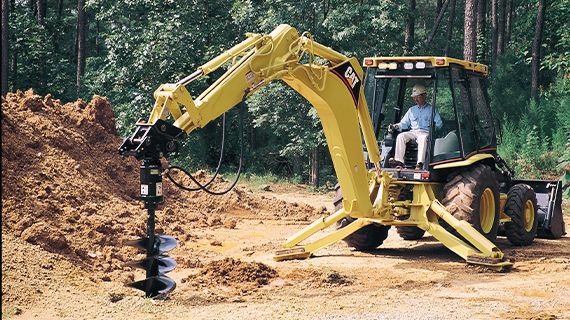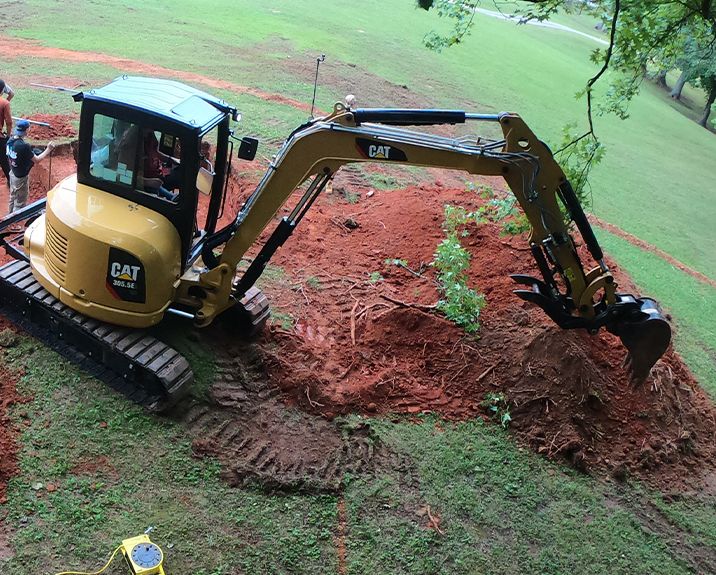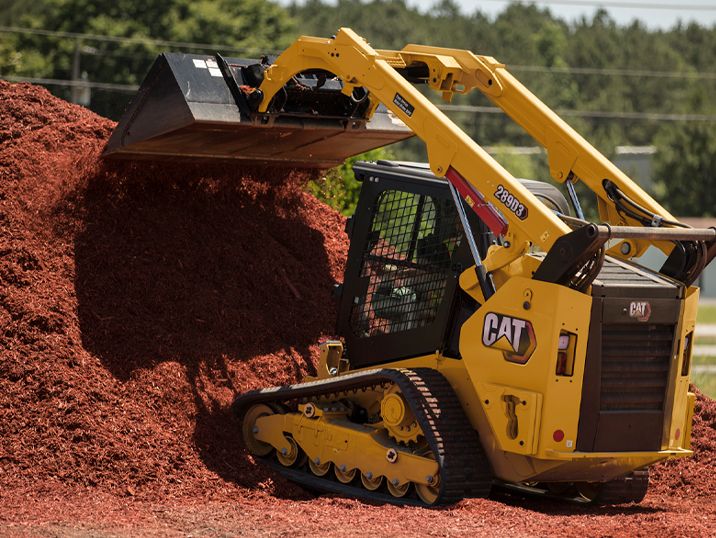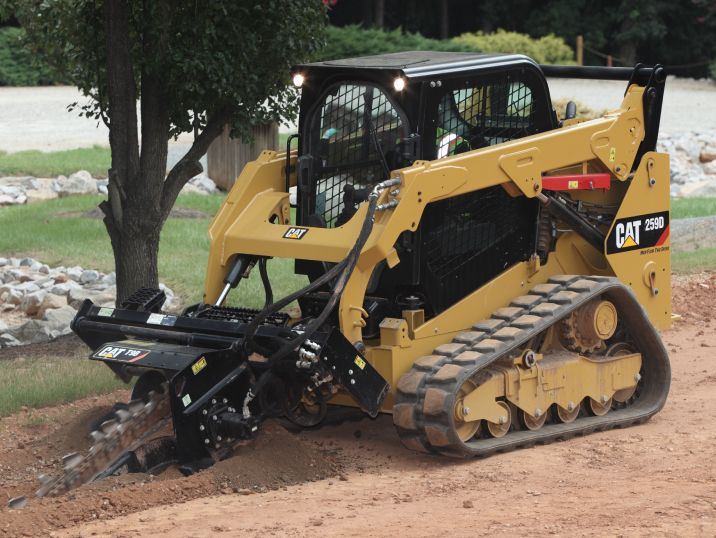

Sign In
Welcome! Sign In to personalize your Cat.com experience
If you already have an existing account with another Cat App, you can use the same account to sign in here
Register Now
One Account. All of Cat.
Your Caterpillar account is the single account you use to log in to select services and applications we offer. Shop for parts and machines online, manage your fleet, go mobile, and more.
Account Information
Site Settings
Security
How to Measure Loose Density in the Field
MATERIAL DENSITY DETERMINES BUCKET AND MACHINE CHOICE
Construction companies often select the size of machine they believe is required and equip it with a standard bucket, but this approach might short change productivity. The ideal decision sequence for highest productivity is to:
- Identify your production targets.
- Take the greatest material density on the site and match it to the appropriate bucket size and capacity needed to meet the productivity targets.
- Choose the machine that will efficiently cycle that bucket.
THE FOLLOWING PROCEDURE CAN BE USED TO DETERMINE THE LOOSE DENSITY OF MATERIAL IN THE FIELD.
What you will need:
- A 5 gallon/19 liter capacity pail or bucket
- A water source
- Enough site material to fill the bucket
- A scale
- A marker or pen and paper
- A calculator
STEP 1 – DETERMINE THE VOLUME OF THE PAIL.
- Weigh the pail to obtain the empty weight.
- Record the empty weight on the pail for future reference.
- Completely fill the pail with water.
- Weigh the filled pail.
- Subtract the pail empty weight on the bucket from the filled pail weight to obtain the weight of the water in the pail.
- Divide the weight of the water by the density of one cubic foot (62.42796)/meter (1000) to obtain the pail volume in cubic feet/meters.
- Record the volume of the pail on the pail for future reference.
Formula:
total weight of pail filled with water – empty weight of pail
density of 1 cubic foot/meter of water
STEP 2 – MEASURE THE LOOSE DENSITY OF THE MATERIAL.
- Fill the pail with materials from the site. DO NOT pack.
- Drop the pail to settle the material and eliminate voids.
- Strike off the material so it is level with the top of the pail.
- Weigh the filled pail.
- Subtract the pail empty weight on the bucket from the filled pail weight to obtain the weight of the material in the pail.
- Multiply the weight of the material in the pail by 27.
- Divide the answer in #6 by the volume of the pail (recorded on the pail) to obtain the material density in lbs./cubic yard or kg/cubic meter.
Formula:
total weight of pail filled with material – empty weight of pail x 27
pail volume in cubic feet or kg/cubic meter
RELATED ARTICLES
You’re here to get ideas to grow your business. Read on for machine insights and expert tips and tricks to get more out of every job.
-
Certified Aquascape Contractors
Learn how to expand your landscape business’s services with water feature installations. Partnering with Aquascape Inc. to become a Certified Aquascape Contractor (CAC) opens up a valuable range of business opportunities.
Learn More -
Landscape Labor Shortage Solutions
As we start a new year, there’s no better time to adopt some landscape labor shortage solutions for your business.
Learn More -
Work Capacity for Compact Loaders
Get the most out of your small fleet by taking advantage of the features on our advanced compact loaders. They will help your crew work more efficiently with less fatigue, so you can take on more jobs.
Learn More -
Fleet Management for Snow and Ice Businesses
As we approach the winter months again, make sure you’re entering this season with a fleet management plan. Every minute counts in the snow and ice removal business.
Learn More




